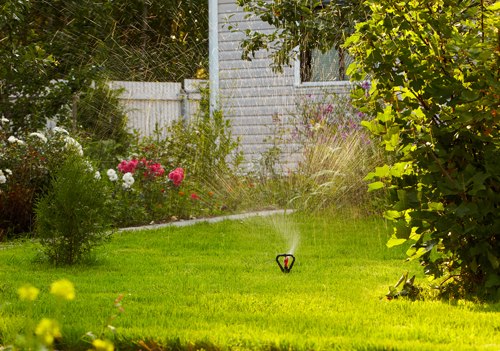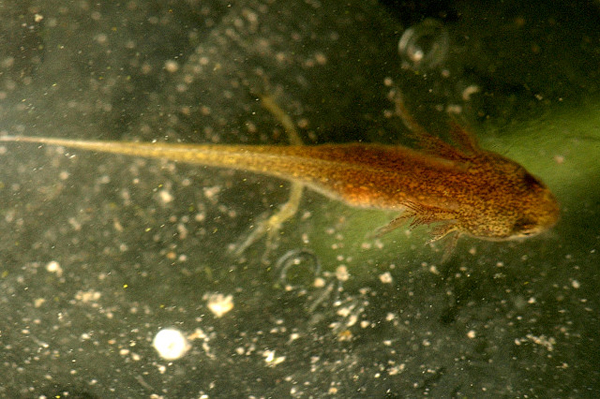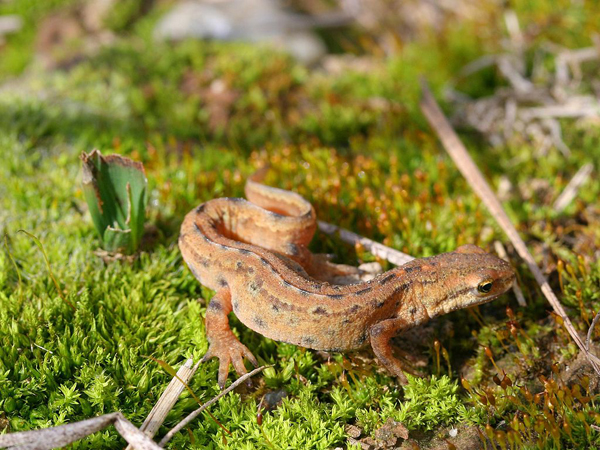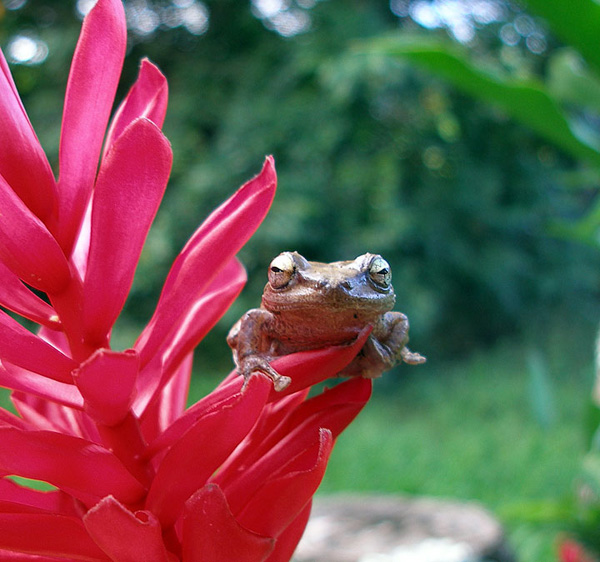Irwin Quagmire Wart, Frog Book Author for Children
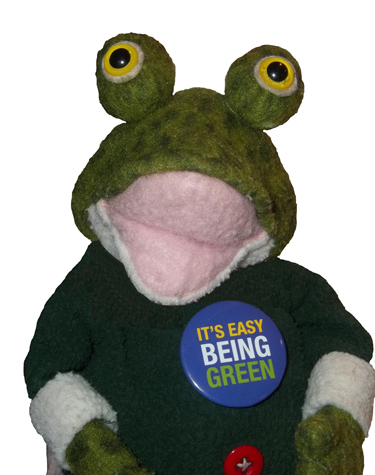 Please introduce yourself and tell us a bit about your mission and goals.
Please introduce yourself and tell us a bit about your mission and goals.
I’m a frog so I’ve always been interested in our health and welfare. I have a baby brother and young cousins so I want to see our habitats preserved for them and for all future generations.
What is your educational background and what lead to sharing “The Land of of Lily Pad?”
I’m sorry to admit it, I have no formal education, but I’m loaded with street smarts… swamp smarts, if you prefer. Even though my name is Irwin Quagmire, lots of people know me by my initials, IQ because I am a very smart frog. I began writing books in 2011, after my first trip to France. Since then, I have written three other books, including a book on environmental stewardship for kids. After all, who knows more about being green than a frog!
Do you travel to exotic places and if yes, tell us about some of them.
The most exotic place I’ve been to is my home… Land of Lily Pad. It’s the most fabulous frog pond on earth… where humans are not allowed. So it’s still a beautiful, healthy, safe environment. Otherwise, I’ve only traveled a little in the US and Europe.
Please share your books and/or publications?
I have written, as I said before, four books:
Irwin Quagmire Wart Travels to Paris, France… a kid’s guide to the City of Lights
Irwin Quagmire Wart Travels Back in Time… a kid’s guide to life in Pioneer America
Green is Good… a kid’s guide to environmental stewardship
Perfectly Perfect – a rhyming book for young children that embraces the idea of self-acceptance and self-love no matter what you look like
What are some challenges you have faced and how did you deal with them?
I’m luckier than a lot of frogs. My family and friends have a clean, safe home. My biggest challenge is where to find the juiciest flies… all kidding aside, I am trying really, really hard to get my message out to the world and to get my books published. But it’s hard and very competitive.
What can people do to help? Donate, and contribute to your cause?
It would be helpful if my message and my website got promoted more. And it would be a dream to find a real publisher or literary agent… but I’m not holding my breath.
“Ask not what your swamp can do for you but what you can do for your swamp”… Irwin Quagmire Wart (and maybe John F. Kennedy). I believe this whole-heartedly and want to help your organization as much as I am able. I am planning on including a link to your website on mine: on the page, Irwin’s Favorite Things. If there’s more I can do, please let me know. My amanuensis can write pretty well and is very willing to contribute whatever she/we can.
How do you reach your targeted audience?
Is it through your website, advertising or social media or another route? Which is most effective and why?
I have a Facebook page: Irwin Quagmire Wart
A website: http://www.irwinquagmirewart.com/
Twitter account: @IrwinQWart
So far, none of them are effective but I am hoping that through Twitter, and reaching out to other frogs and frog-related people, I can drive more traffic to my website… and eventually, my books.
How do you keep the audience engaged over time?
I update my website often and try to include subjects that will be of interest to kids and adults, but are also near and dear to my heart; the environment is my big passion.
Tell us about your events around the world and some of the campaigns you have started.
None yet, but I have big plans…
What is in the works for the future? What haven’t you yet tackled, but will want to do soon?
My goal is to write a series of travel books for kids, focusing on unique world locations, both large and small. I believe that through travel, both children and frogs can learn that differences in appearance and culture are both good and interesting. By helping children to “see the world” (through a frog’s eyes) as a beautiful, non-scary place filled with interesting people, beautiful art, and amazing things to see and do, I hope to make the world seem a little smaller and certainly a place that needs protecting.
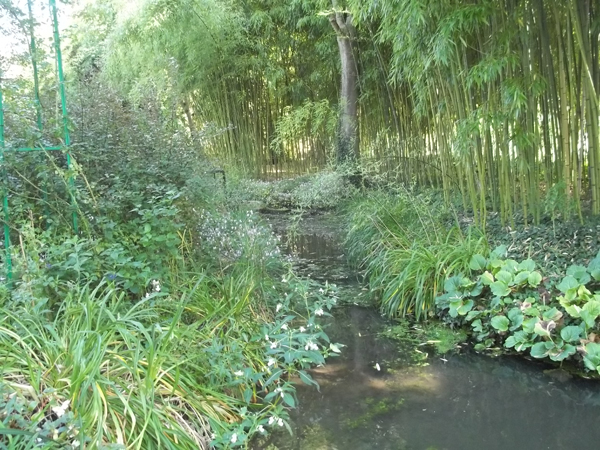

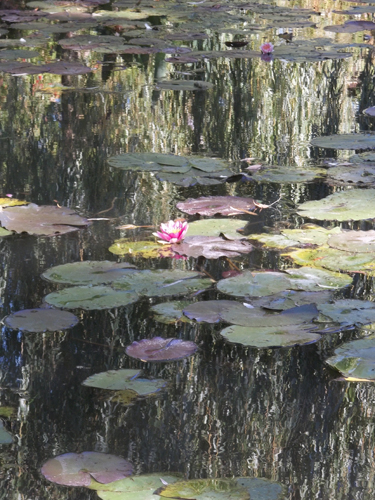
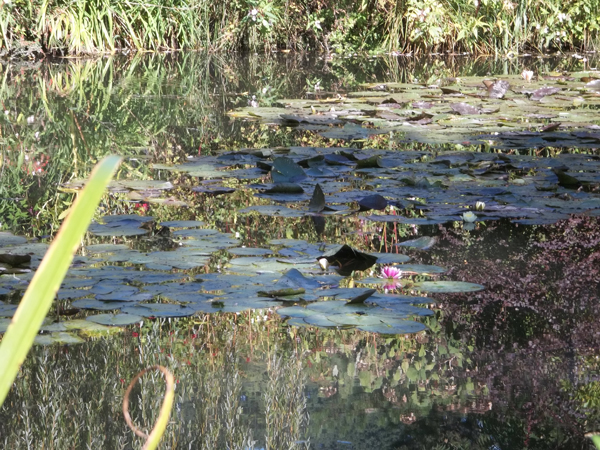
 I want to thank Lauri Fortino, children’s book author and library assistant, who writes a blog called
I want to thank Lauri Fortino, children’s book author and library assistant, who writes a blog called 
